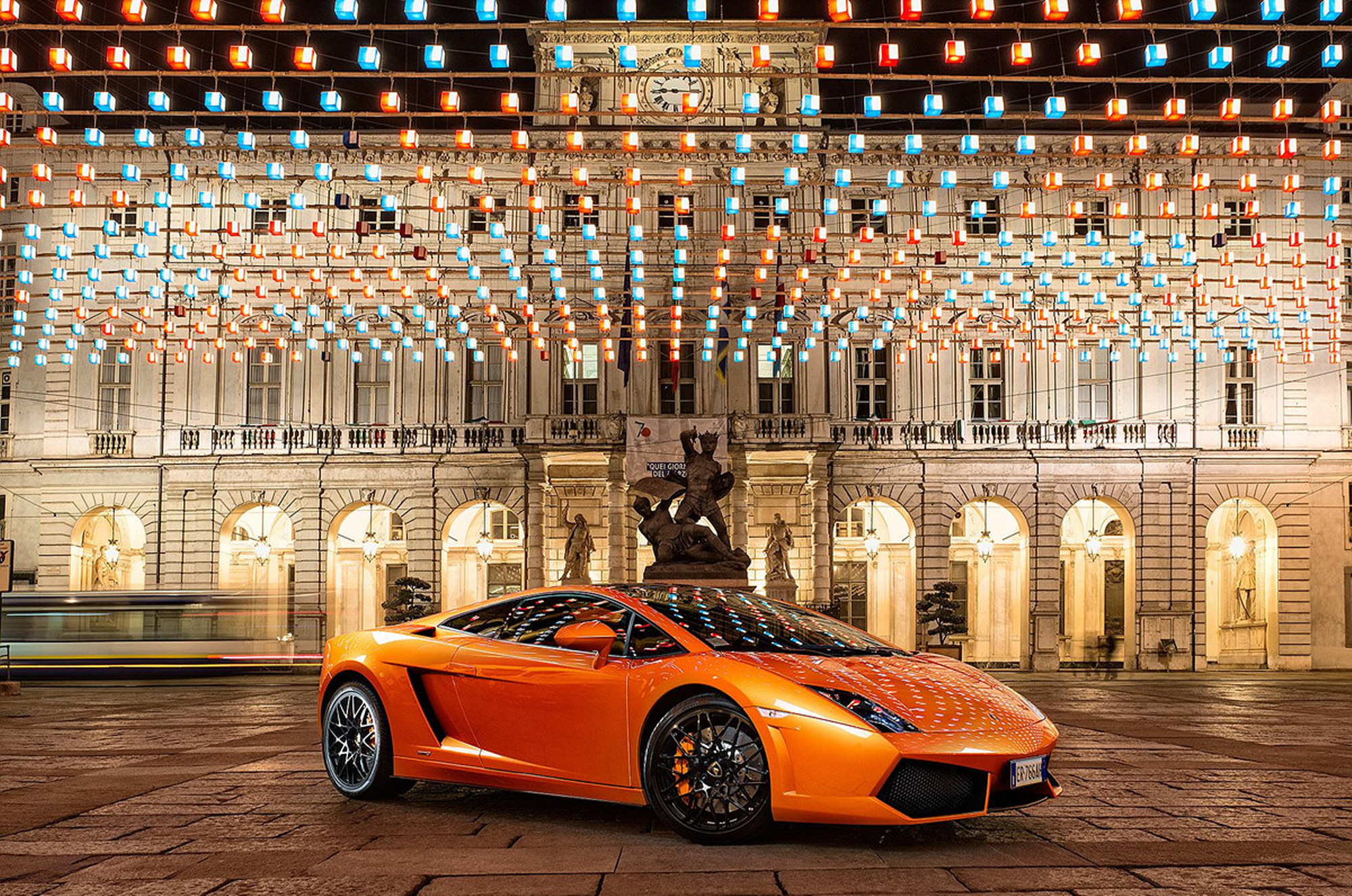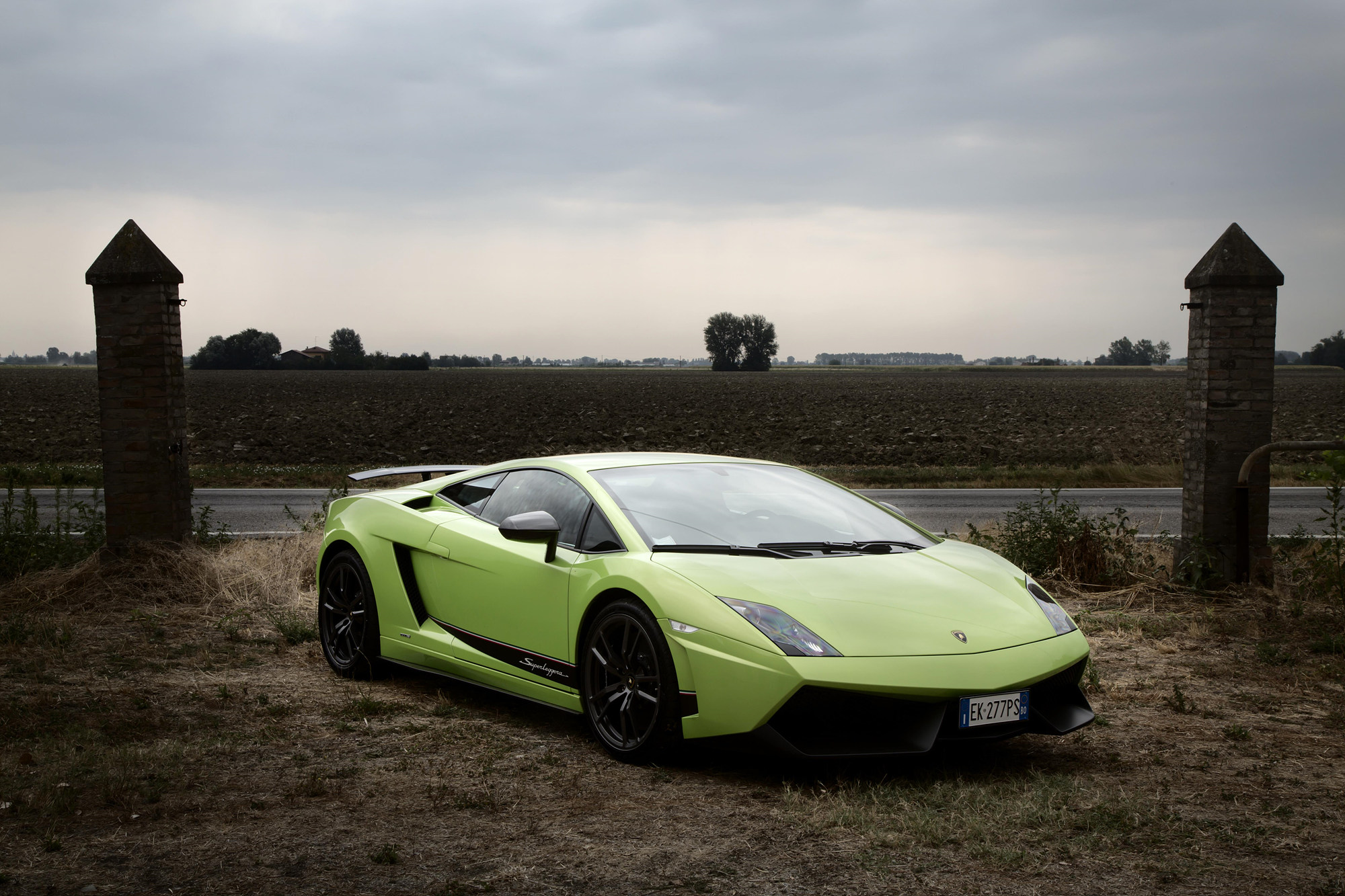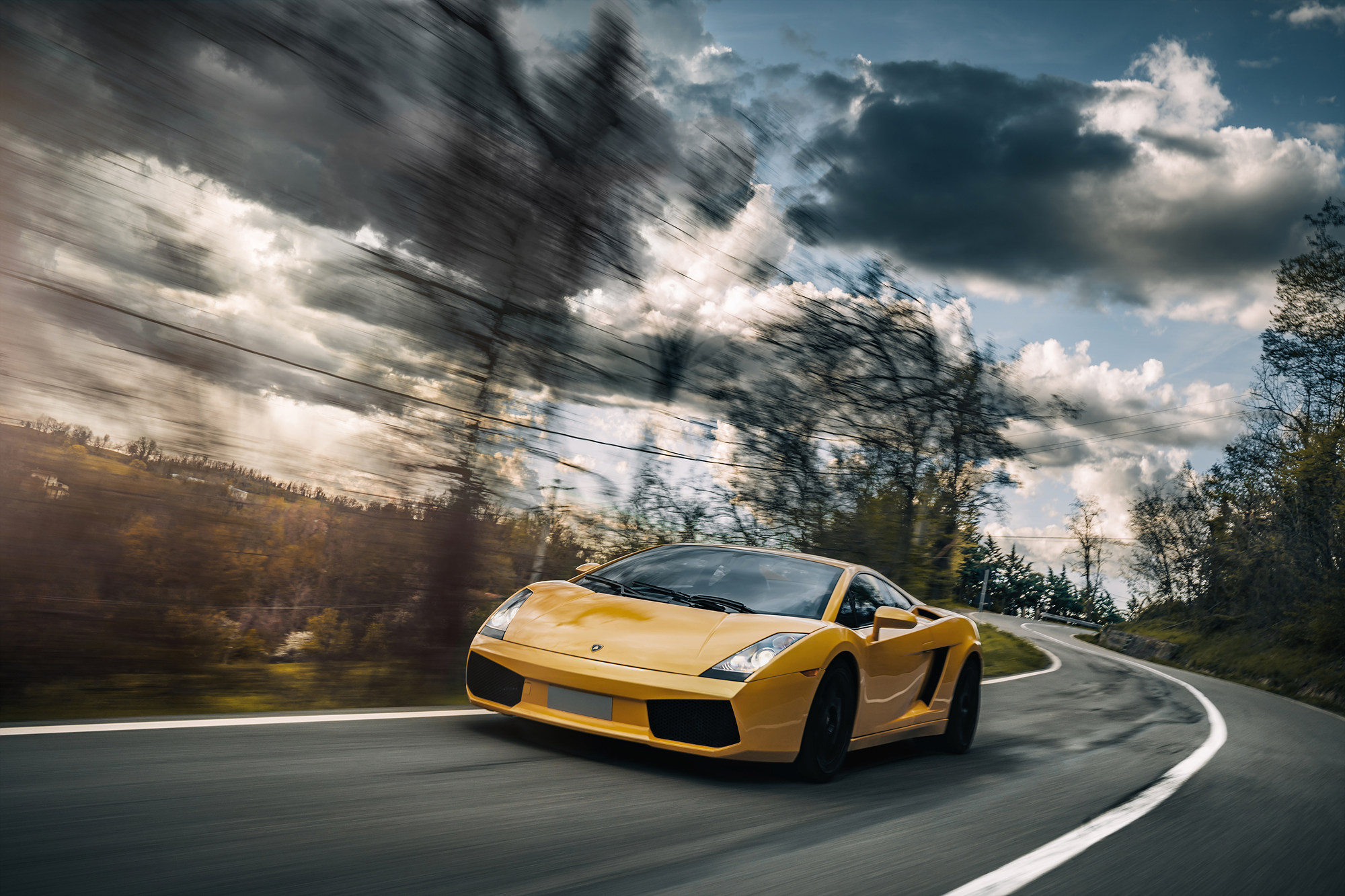
The Lamborghini Gallardo, the world’s first V10 production vehicle, made its debut at the Geneva Motor Show in 2003 and is celebrating its 20th anniversary this year.
Nicknamed ‘Baby Lambo’, the Gallardo set new sales records shortly after its release, becoming an iconic model that brought tremendous commercial success to Lamborghini. During its over ten-year production span, it was offered in 32 different variants and special editions, with a total of 14,022 units produced across 45 countries. These figures illustrate why the Gallardo is regarded as an icon of Italian design and automotive engineering among many super sports cars.
Ferruccio Lamborghini, the founder of Automobili Lamborghini, wanted to have a true super sports car with a lightweight and agile driving feel in the Lamborghini lineup. Above all, he aimed to provide a Baby Lamborghini that offered value in terms of pricing and maintenance to meet customer needs. Accordingly, in the early 1970s, he introduced the Uracco, and in the 1980s, the Jalpa to pioneer the market.

Moreover, Lamborghini began the ‘L140 project’ in 1987 to develop a more compact model. Over the years, various prototypes were developed, initially equipped with a V8 engine, followed by a V10, as various technical solutions were explored. In 1998, after careful consideration, Lamborghini decided to restart based on the common specifications and ideas of the V10 engine. The goal was to create a model with a V10 engine that had never been mounted on a road car.
The newly developed engine was the work of Massimo Tschachier and Maurizio Reggiani, who was responsible for the engine’s development and design.
The first Gallardo was equipped with a V10 5L DOHC engine producing 500 horsepower. Notably, the engine bank angle, originally at 72 degrees, was changed to 90 degrees, lowering the engine height, shifting the center of gravity, and improving driving dynamics. Additionally, the rear engine hood was lowered to enhance rear visibility. Furthermore, a 18-degree offset ‘crank pin’ was adopted, successfully creating a regular ignition interval, which ensured smooth engine operation. The dry sump lubrication system allowed for perfect lubrication even under extreme driving conditions and further lowered the center of gravity.
From 2006 to 2022, Maurizio Reggiani, Lamborghini’s technical director, explained, “For the V10 engine to be produced in accordance with planned quantities, it had to be modified to 90 degrees, and to achieve uniform ignition timing, we decided to adopt a ‘split pin’ on the crankshaft.” He added, “Based on various solutions, the first Gallardo series equipped with the 5-liter 90° V10 MPI engine was born.”

What stood out when the Gallardo hit the market was its comfortable drivability in everyday conditions, combined with outstanding performance, which created a sensational popularity. As the ‘Baby Lambo’ surpassed 5,000 units in production by 2007, Lamborghini unveiled the ‘Gallardo Superleggera’ at Geneva. The Gallardo Superleggera was more dynamic with a 10-horsepower increase and a 100kg weight reduction compared to the previous model, achieving a power-to-weight ratio of 2.5kg/HP.
In 2009, Automobili Lamborghini introduced the Gallardo LP 550-2 Valentino Balboni. Only 250 units were produced, and it featured a rear-wheel-drive configuration for the first time in Gallardo history, delivering an enhanced power output of 550 horsepower for added driving enjoyment. Following numerous customer requests, the Gallardo LP 550-2 was produced as a mass production model in 2010 and later as a spider version in 2011.
Meanwhile, on November 25, 2013, the last Gallardo rolled off the production line at the Sant’Agata Bolognese factory. The final assembled model was the Gallardo LP 570-4 Spyder Performante in Rosso Mars color.

Jin Sang-joon daedusj@autodiary.kr

